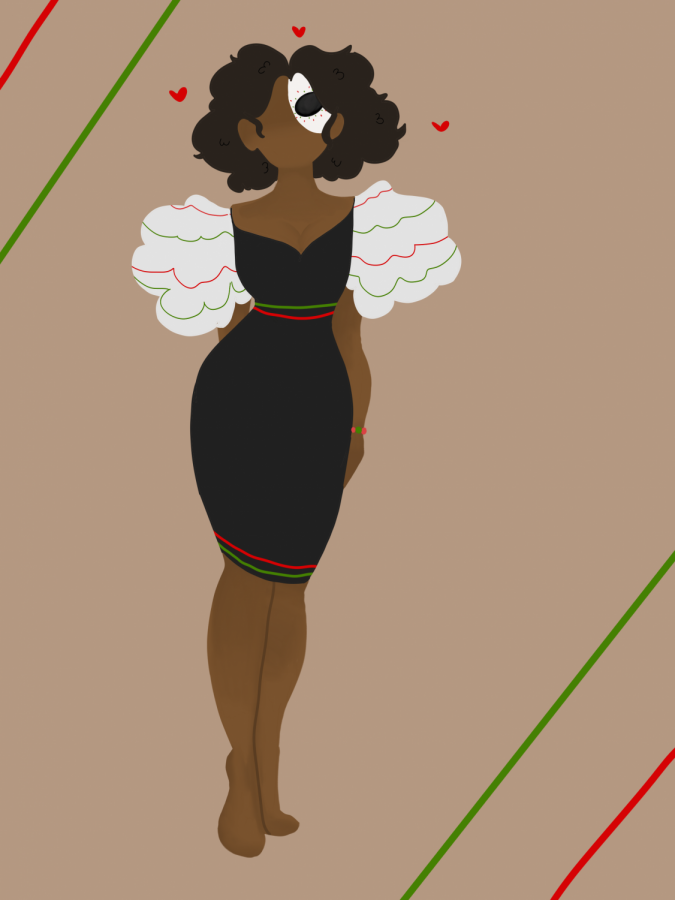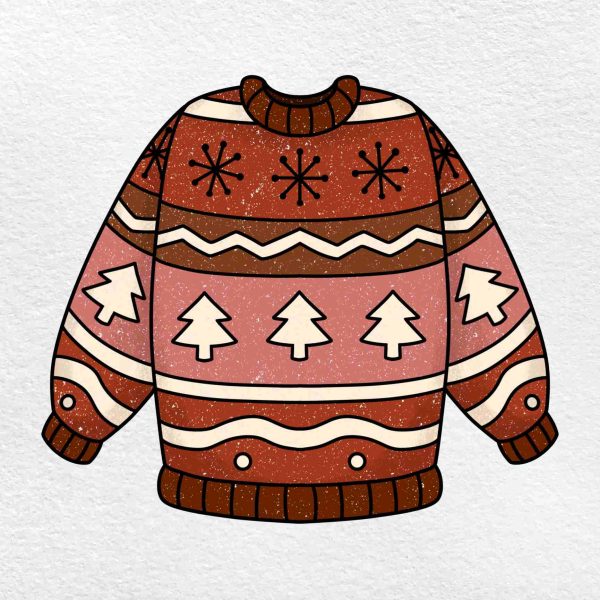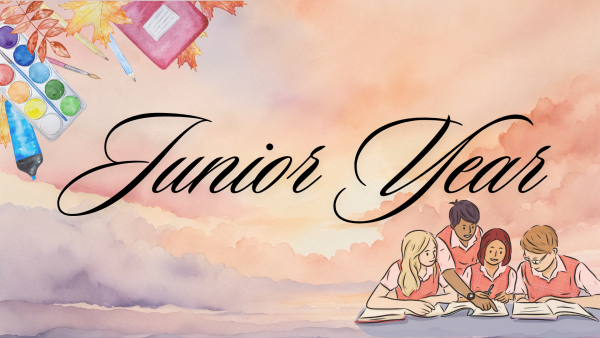Appropriation or Appreciation?
Graphic depicts Latin garments: salsa dance balloon sleeves featuring bright color embroidered accents as is often seen across many Latin communities at their cultural festivities and events.
Halloween costumes, music videos, school mascots: all guilty of cultural appropriation.
In modern-day America people are surrounded by a plethora of cultures and can experience and witness the intricacies without much difficulty: customs, traditions, cultural food, and even attire are surrounding.
These things often spark interest, however, appreciation can quickly be turned into appropriation.
What is cultural appropriation?
From Oxford Languages, “the unacknowledged or inappropriate adoption of the customs, practices, ideas, etc. of one people or society by members of another and typically more dominant people or society.”
In other words, it is adopting things that have cultural significance, usually being done without having any understanding behind it. The cultures most often being appropriated are derived from minorities.
What is cultural appreciation?
Cultural appreciation is understanding a culture and it’s elements in an honest and respectful way, not using it for any personal, sexual, or aesthetic gain.
People who genuinely want to learn more about and explore different cultures around them, and enjoy significant elements in a culture and do not claim these elements as their own are practicing cultural appreciation.
Why is cultural appropriation hurtful?
Cultural appropriation is hurtful because it ruins the important elements of a culture, and unfortunately happens often even sometimes when an individual attempts to appreciate a culture; for this reason, it is important to understand the difference between appreciation and appropriation.
Minorities share their cultures with others, and America has even incorporated cultural appreciation holidays or time periods, but when it is done for personal gain instead of interest, people are committing cultural appropriation.
Does it happen often?
Yes, way more often than it should.
Back in 2016, American actress Zendaya talked about her own thoughts about cultural appropriation in an interview with PopSugar.
Zendaya received criticism after she wore braids to the Oscars, with an E! News correspondent Giuliana Rancic saying, “I feel like she smells like patchouli oil … and maybe weed.”
Zendaya said that, “People want to be around for the positives and the things that we bring as far as culture, but they don’t want to be around when we have problems or when we’re getting shot in the streets. You know what I’m saying? You have to be there for the whole experience. You can’t just decide when you want to be a part of our culture.”
This correspondent eventually sent an apology to Zendaya after receiving huge amounts of criticism for her comments.
What are some examples?
Cultural appropriation most commonly occurs during Halloween and on sports teams.
At every Halloween store, there is always the “Sexy Japanese Geisha Dragon Empress” or the “Beautiful Indian Princess Fringe Dress.” While these are only two of the many examples, they can be extremely offensive.
Even locally at Hart High School, their school mascot has been the Indian since its opening in 1945; Hart has since changed its logo to an ‘H’ with a feather on it after much protest to the original mascot.
However, according to @retirehartmascot on Instagram.com, they say that, “Despite the logo not depicting the caricature anymore, caricatures are still used occasionally in the yearbook and by athletic teams. Students still wear the headdress and teepees during school events. The student section is still called the… ‘Hart Indians.’”
This account made its first post on June 12, 2020, and has gained over 300 followers on Instagram.com. They also made their own website, which links to a petition with over 8,000 signatures to change the Hart High ‘Indian’ Mascot.
What should you not do?
If you want to support cultural appreciation and not cross the line of cultural appropriation, try your best to learn about things if you are unsure if it is offensive or not; your answer is often a quick Google search away.
Do not buy/wear offensive Halloween costumes–just because something isn’t offensive to you, doesn’t mean that it’s not offensive to others. Some things to consider are if the representation is for heritage celebration, or if it is for personal gain, is sexualized, or is in any way mocking a culture.
If you have ill intentions of mockery, then just stop right there. There is nothing wrong with learning about different cultures, in fact, it is a positive thing, but do not learn about them if you are only going to pick and choose what you will respect from it.

What can you do to help?
To help spread awareness of cultural appropriation, a simple and effective way is to correct the people around you. If you hear someone say that they want to wear a sombrero and poncho to Halloween, maybe ask them why, and tell them how it can actually be hurtful and offensive to the Hispanic culture for example.
Spread diversity to others around you. When cultures are appropriated, it usually is because that culture is not represented in any of that company’s decision-making process. There is no representative there to inform others about what they are doing wrong or right. By spreading diversity, more people will have knowledge about different cultures and will understand these minorities to avoid appropriation.
Spend time learning about different cultures that you are genuinely interested in learning about. Take time to understand it and appreciate everything about it before embracing parts of that culture yourself.
Most importantly, always remember that cultures are cultures. Costumes are costumes. Do not get them confused.
Your donation will support the student journalists of Canyon High School. Your contribution will allow us to pay for our print issue magazine, website, and equipment costs.






